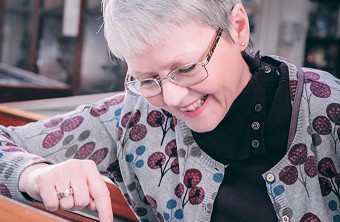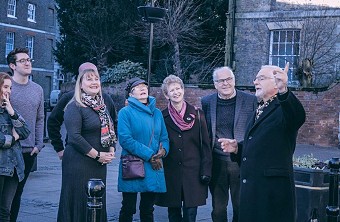
 Back to News
Back to News
19 January 2022
West African textiles from Thomas Clarkson's campaign chest in a ground-breaking research project
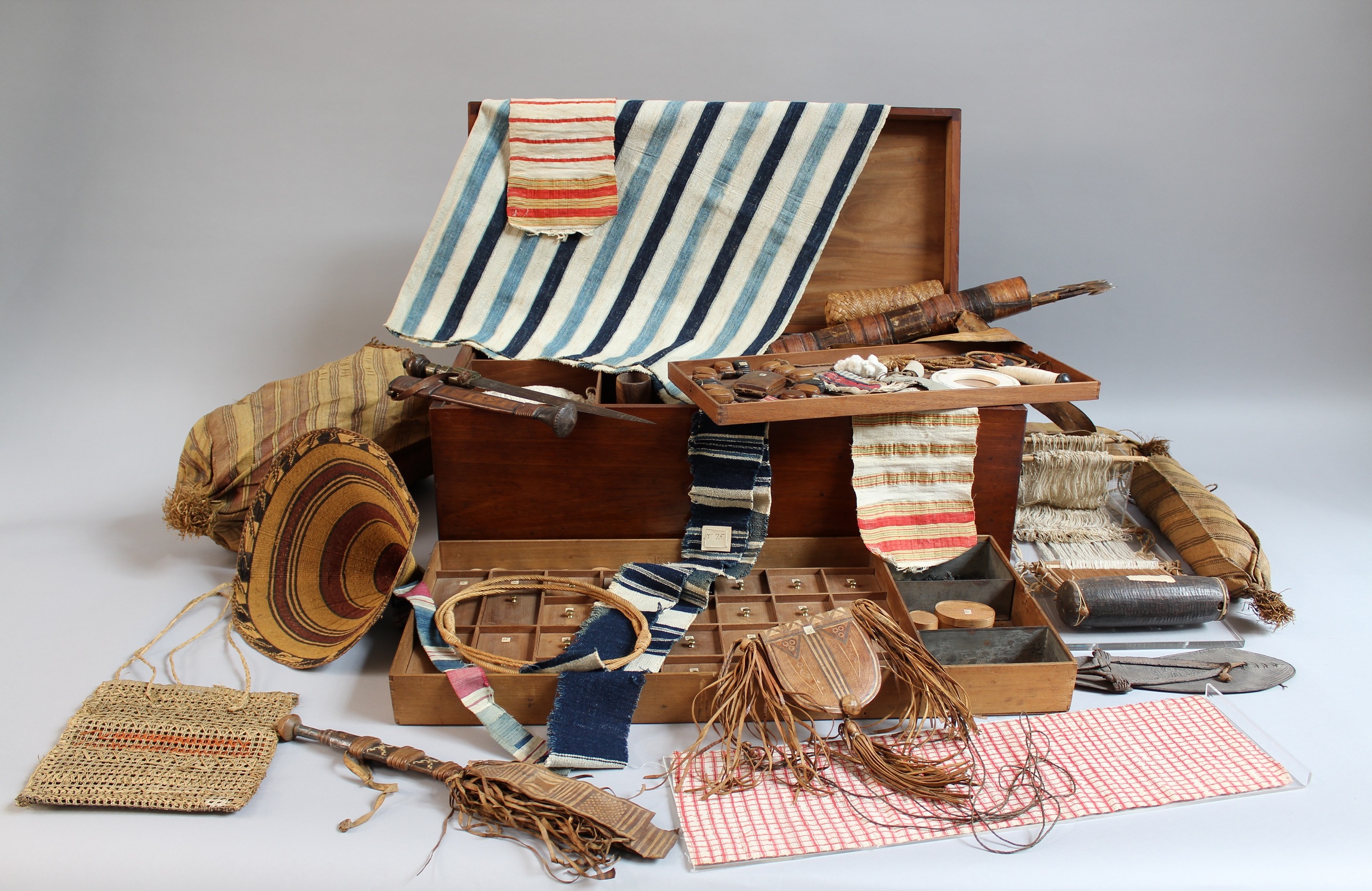
African textiles collected in the 1780s by Wisbech-born Thomas Clarkson to show to the British public on his anti-slavery campaign tours have revealed their secrets under scientific analysis.
Specialists in the science and history of African textiles have analysed the 200-plus year old fabrics to identify, date and geographically locate the materials used in creating them and discover where in the continent they were woven.
Their discoveries, aided by the latest scientific processes, appear in January 2022's edition of Current Archaeology magazine.
The fabric samples - one of which could be the oldest surviving textile made in the Kente tradition - were carried by Clarkson all over Britain in his famous campaign chest to demonstrate that there was a viable alternative to trade in enslaved people in the trade of African goods and produce.
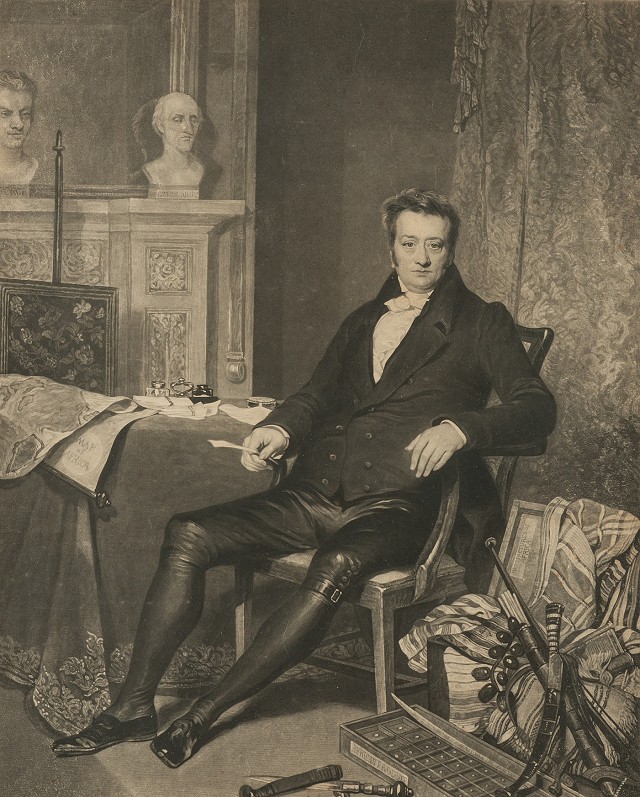
He collected the textiles from merchant ships in British ports in the 1780s along with the chest's other contents – African produce, seeds, dyes, leatherwork and made-in-Britain instruments of restraint and torture used in the trade in enslaved people that he purchased from a shop in the port of Liverpool.
One of the magazine article's three authors, Sarah Coleman of Wisbech and Fenland Museum where Clarkson's chest is displayed, said: “The textiles in the chest are so important, they were instrumental in encouraging William Wilberforce to take up the abolitionist cause in Parliament and were some of the very first articles Clarkson collected.
“Working with Kente specialist and art historian Malika Kraamer and leading textiles scientist Margarita Gleba to explore the origins of the textiles in Africa and develop a picture of who made them has been amazing.
“It is the first time scientific techniques - which are regularly used in textile archaeology to assess finds from excavations like Must Farm near Whittlesey - have been used on 18th century textiles from West Africa in a museum collection.”
This joint project is part of the Museums Association Esmeé Fairbairn Collections Fund project, Articles for Change, centred on the Museum’s Thomas Clarkson archive and anti-slavery collection.
To visit the article in Current Archaeology click here
Images:
Thomas Clarkson's famous campaign chest and contents including the fabric samples, gifted to Wisbech and Fenland Museum in 1870, 24 years after his death. Copyright WFM, Sarah Cousins.
A black and white print of Thomas Clarkson's portrait painted by Alfred Chalon, complete with his campaign chest in the bottom right-hand corner. Copyright WFM, David Kirkham.
Share this article
Most recent news
 Celebration for fans of Wisbech pubs book series
Celebration for fans of Wisbech pubs book series
 Major civil engineering business backs Wisbech Museum with cash donation
Major civil engineering business backs Wisbech Museum with cash donation
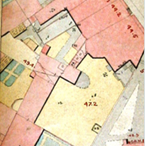
Supporting the museum
To maintain and grow our collections we need your contributions, please support us by donating today.





